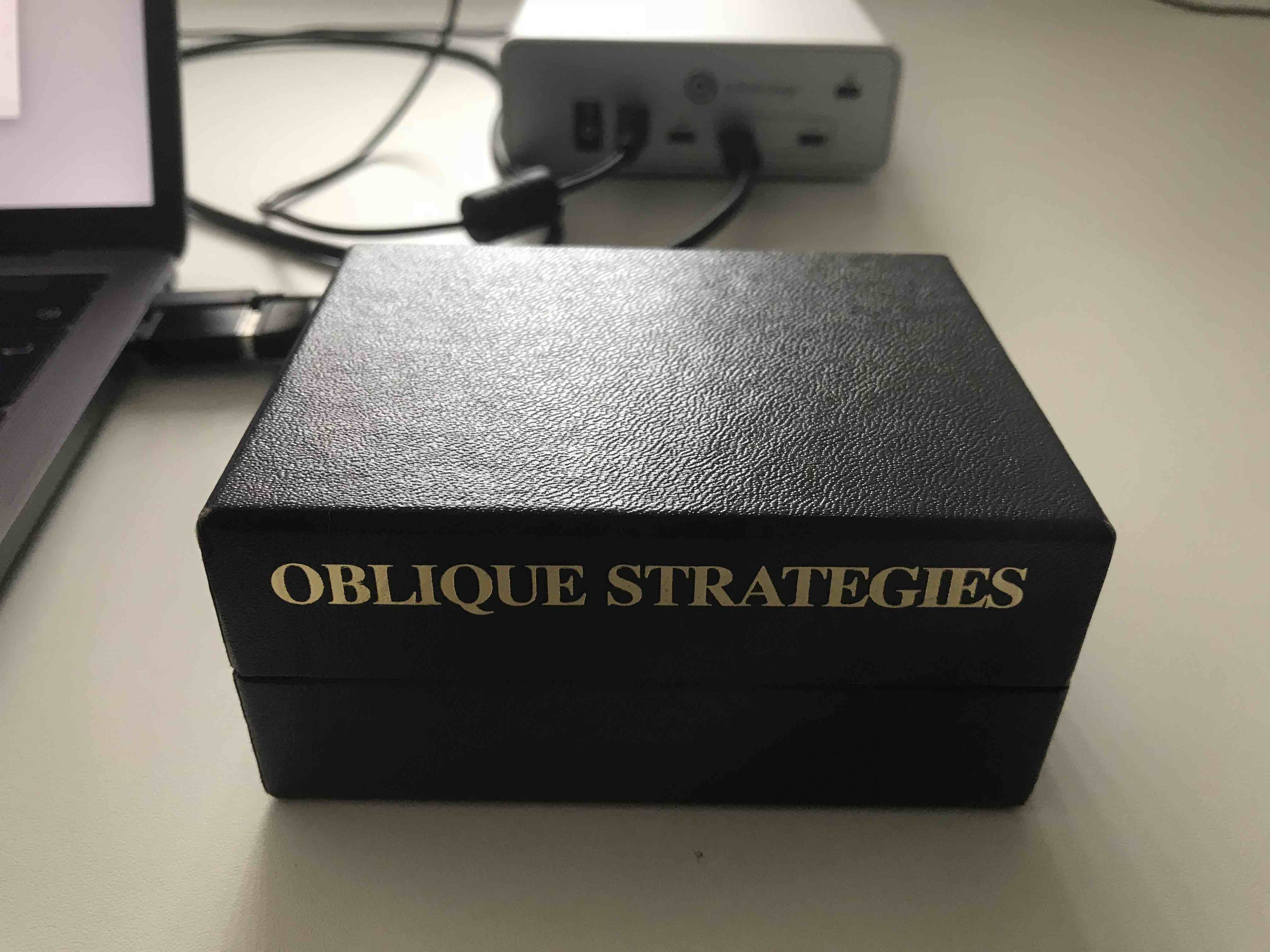
But my choices consist in choosing what questions to ask.” In this respect, his compositions derived from coin tosses, dice rolls, the I Ching, and Tarot cards (and latter computerized versions of these elements) can be discussed as a methodology as systematized as Schoenberg’s.Īlthough Cage’s use of chance operations can be viewed as a methodology, his use of indeterminate elements, such as relying on performer(s) to sonically interpret the score, added another layer to this process. They think that I use it as a way of giving up making choices. He is quite clear in stating, “Most people who believe that I’m interested in chance don’t realize that I use chance as a discipline. Although, as Henry Cowell points out, “Cage was more interested in philosophy than in acquiring his technique.” While it is possible to discuss Cage’s use of such things as chance operations in the compositional process in opposition to Schoenberg’s teachings, Cage felt that his systematic use of chance was faithful in spirit to his teacher’s methods. It is certainly well known that Cage studied with Arnold Schoenberg, absorbing at least part of Schoenberg’s twelve-tone system.
#Brian eno oblique strategies screensaver full#
Attempting to capture the full scope of Cage’s influence is impossible, it is too vast and too multi-disciplinary to be addressed in a single article, so I have opted to narrow this focus to discuss generative art, post-digital art, and glitch as three recent developments with Cagian roots. I am invoking Cage here mainly as a way of discussing his legacy and how these ideas on sound and composition have inspired, been used, been altered, and expanded by succeeding generations of artists. Subsequent generations would employ these ideas in varying degrees for various purposes.

Cage developed these techniques as a way of negating, or at least limiting his ego, taste, and musical discretion. While there are quite a few ideas to choose from, the first three that I generally think of are indeterminacy, non-intention, and chance operations. Although it was Luigi Russolo who opened our minds to the art of noises, it was Cage who opened our ears.Īs one of the major artist/thinkers of the 20 th century Cage’s legacy is built on a number of key elements. This spirit of rebellion is evident in Cage’s philosophy and compositional style and he emerges as a fulcrum that cleaves the 20 th century in half by influencing a wide range of artistic experimentation.

Cage was, without question, a great liberator who embodied the spirit of Romanticism that burst out of the 18 th century to land with the Symbolists and Alfred Jarry in the late 19 th century, and on to the Futurists, Dadaists, and Surrealists. I have drawn on 4’33” to discuss ambient space, Imaginary Landscape #4 to address chance driven events, and Williams Mix to discuss indeterminacy. ~ Brian Enoįor years now John Cage has been my “go-to guy” for potent examples for essays, class discussions, and even casual conversations.

It was just music you hadn’t appreciated. John Cage made you realize that there wasn’t a thing called noise, Dean Wilcox, The University of North Carolina School of the Arts


 0 kommentar(er)
0 kommentar(er)
